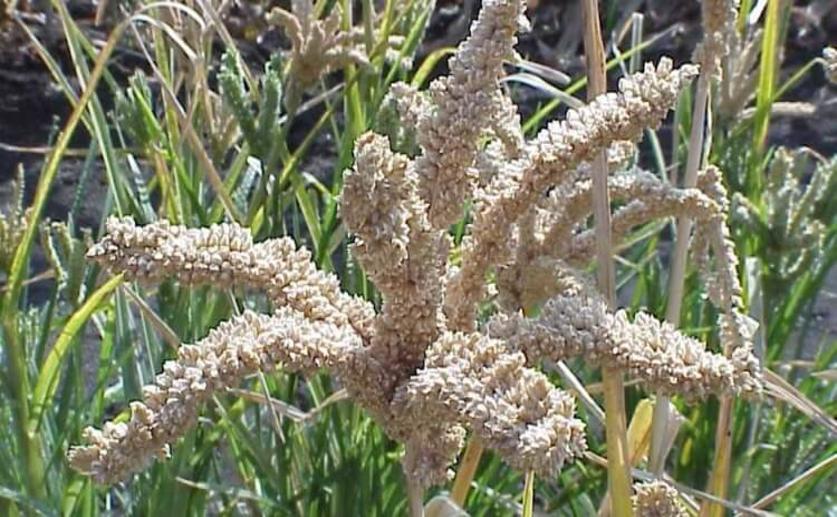
This archived news article is over 5 years old.
Researchers Discover a Microbe That Can Be Used to Protect Crops from Dangerous Fungi
Joanna Lawrence
26th September, 2016


Joanna Lawrence
26th September, 2016
